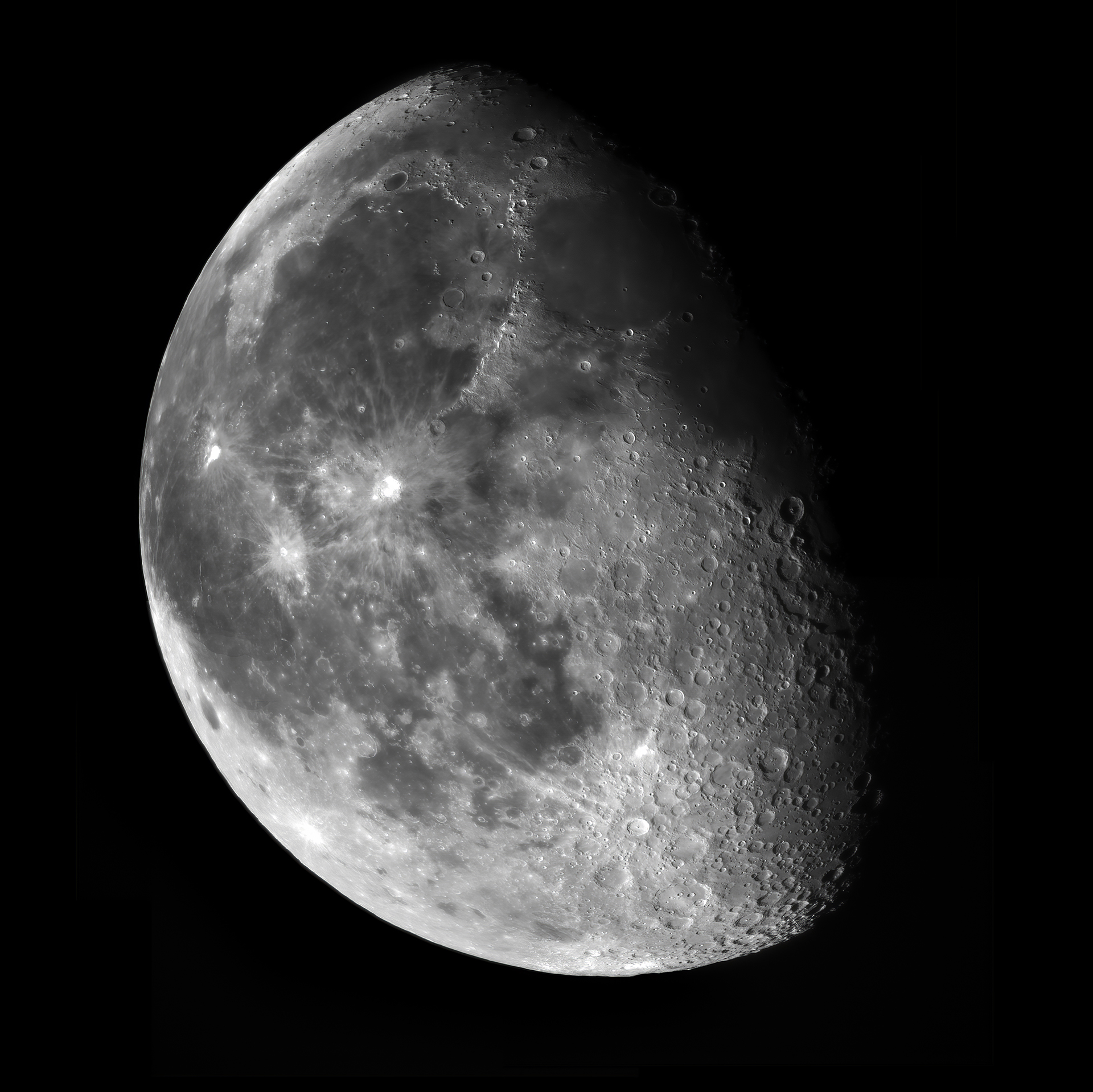
The Student Resources
Galaxy Zoo recruits volunteers to classify galaxies according to their shapes. This helps scientists to understand how the galaxies were formed.
On NASA’s Citizen Science site you can help NASA scientists with various space and earth science projects. Some are for individuals, some are for groups. Many don’t require special equipment or expertise, but some do. Volunteers can help discover planets using NASA’s TESS mission, assess the health of coral reefs, make environmental observations through Globe Observer, help detect comets, and more.
Edge of Space Sciences (EOSS) is a Denver-based non profit that launches high altitude balloon experiments on behalf of universities, colleges, high schools and middle schools. The EOSS charter is to “Promote science and education through high altitude balloons and amateur radio.”
Watch a scientist in the United Kingdom use a relatively new type of photography to capture the sun’s changing path from solstice to solstice.
Exoplanet Watch asks amateur astronomers and astronomy students to make observations of transiting exoplanets.
LAS Outreach
Members of the Longmont Astronomical Society provide equipment and support for local schools, city and county recreation departments, Boy and Girl Scout groups, the U.S. Forest Service, and other organizations each year. This outreach comes in several forms:
- LAS regularly scheduled star parties
- Star parties specially requested by a group
- Daytime star parties (for viewing the daytime moon, or for using telescopes with filters for safe viewing of sunspots, solar flares, prominences, etc.)
- Depending on availability, an LAS member may be able to visit a class or group to discuss a project they’re working on
- Some members may be able to meet with teachers to help design an astronomy class
- Our monthly meetings are open to the public. See our events calendar or home page for information on featured guest speakers.
- The LAS has donated telescope kits to public libraries. All you need is a library card and a clear night.
If your group is interested in having LAS members provide equipment and support for your event, please check our Events and then contact us with your request.
